Capital:
Asmara
Currency
Nakfa
Best time to visit:
The best weather is in January and February, a hot, dry period. Asmara is at 2400 meters so it can be very cold at night. Rainfall is particularly heavy from March to May and less abundant from October to December.
In a word:
Kamay ḥādirǝkum (good morning)
Vaccines
None
Warnings:
– Forget about the internet: it will be almost impossible to use.
– To move outside of Asmara you always need permits issued by the Ministry of Tourism and it is not always possible to obtain them.
– Be careful of temperature changes, it can be very cold in Asmara as well as very hot along the coast.
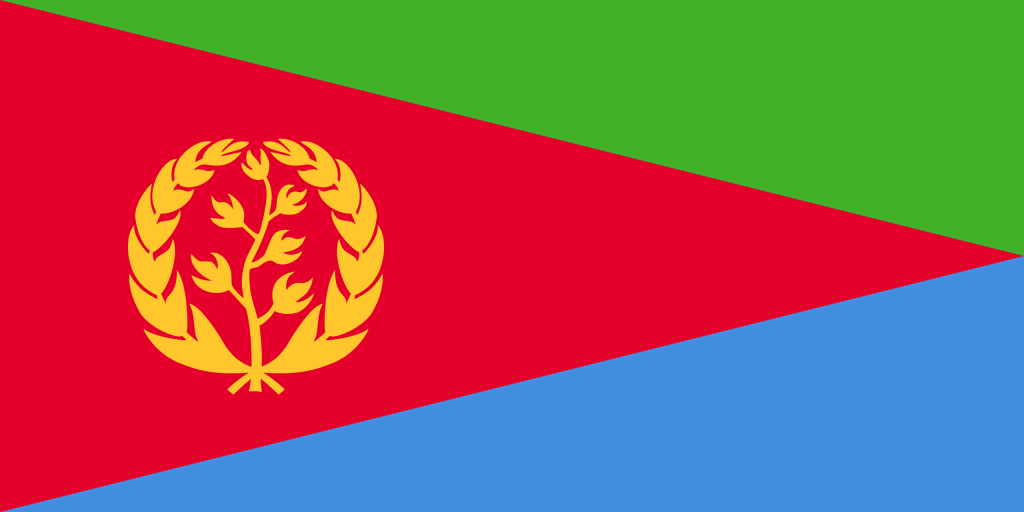
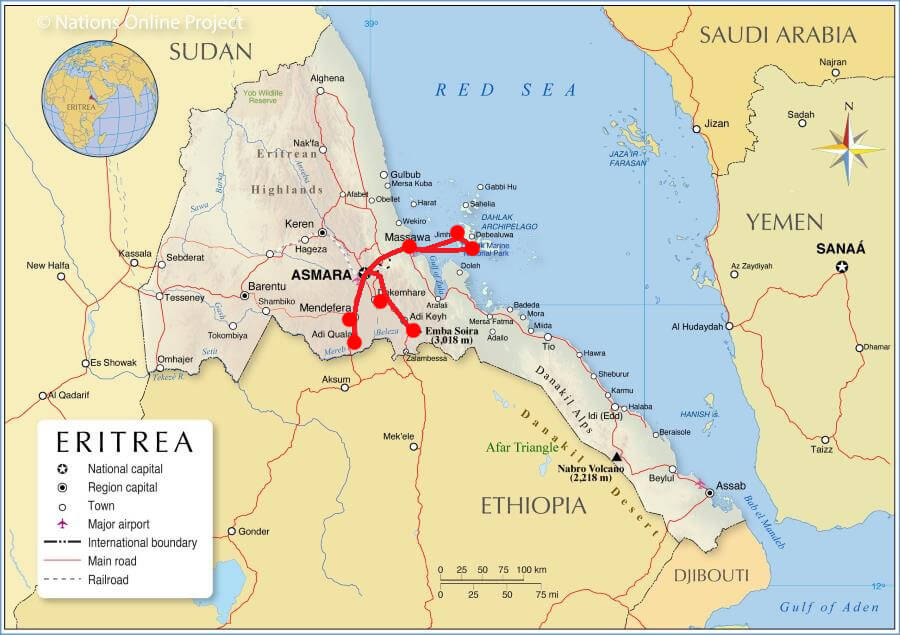
Essential experiences:
Stroll along the streets steeped in colonial history of Asmara and Massawa; unwind completely in the Dahlak Islands; discover the art of rock painting in Adi Quohaito.
Eritrea is a land of extraordinary contrasts, where modernity and tradition intertwine in a fascinating landscape, which tells stories of ancient civilizations, of struggles for independence and of a strong and proud people. Our journey begins in Asmara, an elegant capital suspended in time, which welcomes us with its Italian colonial-style buildings and a vitality that reflects the challenges and hopes of the country. We immediately clash with the unnerving local bureaucracy that requires permits to move within the nation and in fact we are denied a visit to the city of Keren with its dromedary market and its religious festivals. From the capital we head towards Massawa, an ancient port overlooking the Red Sea, with its architectural wonders and a history that resonates with millennial cultural exchanges up to the remote Dahlak islands, an archipelago of incomparable beauty, where uncontaminated nature mixes with legends and mysteries. Finally we head towards Adi Qohaito, an archaeological site that tells us about the deep roots of this land.
Every step in this corner of Africa offers us new discoveries, revealing the richness of a country that deserves to be known, beyond stereotypes, with its unique culture, its breathtaking landscapes and its extraordinary hospitality.
Our suggested itinerary (12 days) | |
four days: | Asmara (city tour: visit to the Cinema Impero, Medebar Market with its recycling artisans, Fiat Tagliero, Cinema Roma and Teatro Asmara, Central Market, Bar Crispi and Bar Vittoria, Pasticceria Giardino, the Cathedral, the old Post Office, tank cemetery) |
two days: | Hawesha (sycamore valley); Mendefera, Adi Quala (visit to the Italian military shrine of the Battle of Adua) |
four days: | Massawa (city tour and meeting with the Rashaida ethnic group); Gurgussum and Green Island (relaxation at the seaside); Dahlak Islands (uncontaminated tropical paradises) |
two days: | Adi Qohaito (trekking for rock paintings; Egyptian tomb); Adi Keyh |
Asmara: a true art deco jewel.
Did you know that it boasts the richest collection of colonial architectural evidence of the entire continent? In addition to the best macchiato you can taste outside of Italy!
Despite the difficult political situation and the many restrictions, Eritrea is one of the most fascinating destinations in the Horn of Africa, its unique mix of Abyssinian, Arab and Mediterranean influences makes it a truly suggestive place.
It is strange to think that for many years the Italians have had a very important role in this country so much so that the evidence of the historical passage of our compatriots is present everywhere. In 1885 with the occupation of Massawa began the conquest of Eritrea by the Italians which lasted until 1941.
Not everyone knows that from 1922 to 1941 there was a system of discrimination here very similar to South African apartheid. Local and Italian children were educated in different schools, on buses and in cinemas Italians sat in the front while locals sat in the back rows. Marriages between Italians and natives were forbidden and thousands of Eritreans were forcibly evicted from their homes and transferred to reserves far from populating, leaving their homes of Italians?
The current situation is that of a country frozen in time.
Asmara is truly a “sui generis” capital, pleasant unlike all the others!
Asmara in a photo? Two elderly gentlemen in double-breasted suits and elegant Borsalino hats chatting while sipping a macchiato prepared with a vintage espresso machine while some tall women, dressed in white, with pompous hair covered by a veil, stroll along Harnet Avenue, the main street, as in an Italy of the 50s.
We will visit this country with the help of our friend Philemon Kesete, of Eritrea Visit, given the unnerving bureaucracy, it is advisable to contact a trusted local to manage the various trips and accommodations given the impossibility of booking from abroad.
Please note: using the internet in Eritrea is extremely complicated, you can access a very slow connection only in internet points using various VPNs but, I would add, almost without any chance of success!
The best place to start your visit to Asmara is the old Governor's Palace which is located at the western end of Harnet Avenue.
The city’s fascinating architecture is the biggest draw for visitors, here it feels like taking a step back in time to an Italy that no longer exists. I love the calm, tranquility of these people who respond to you, when you point out that there is no water in the hotel room, simply with: “it will arrive”, or when you ask if there is wi-fi and they reply: “yes a little in the morning but it is very slow”, but they don’t tell you that it is so slow that you can’t even open your mail!
We wander aimlessly, letting ourselves be guided by the flow of events… We eat an excellent diplomat in the “Giardino” pastry shop, four macchiatos in various bars, an excellent pistachio ice cream in the “Fortuna” ice cream shop.
We end up first playing bowling and then at two weddings and we are struck by the elegance and desire to have fun of these people!
Cinema Impero. The imposing building features three large majestic windows, the large 1800-seat hall is decorated with art deco motifs depicting lions, nyalas and palm trees.
Fiat Tagliero. This futuristic construction, the true symbol of Asmara, is a truly extravagant and airplane-shaped structure from 1938 and was born as a gas station.
Cinema Roma. Another example of Italian architecture, the exterior has four entrances closed by double doors and a magnificent marble-clad façade on which the letters: Roma stand out. Today it is used on Saturdays and Sundays to watch English Premier League matches.
The caravanserai or Medebar marketHere you really take a step back in time where the old craftsmen planed, welded, cut aluminum or pieces of iron recycling everything.
Women grind chili peppers and other spices and the air is so strong and irritating to our nostrils that we are forced to wear masks…
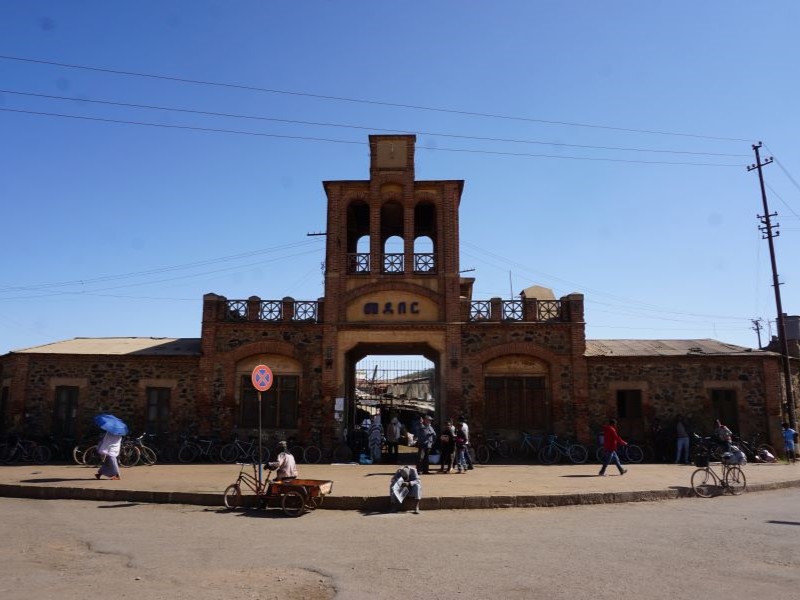
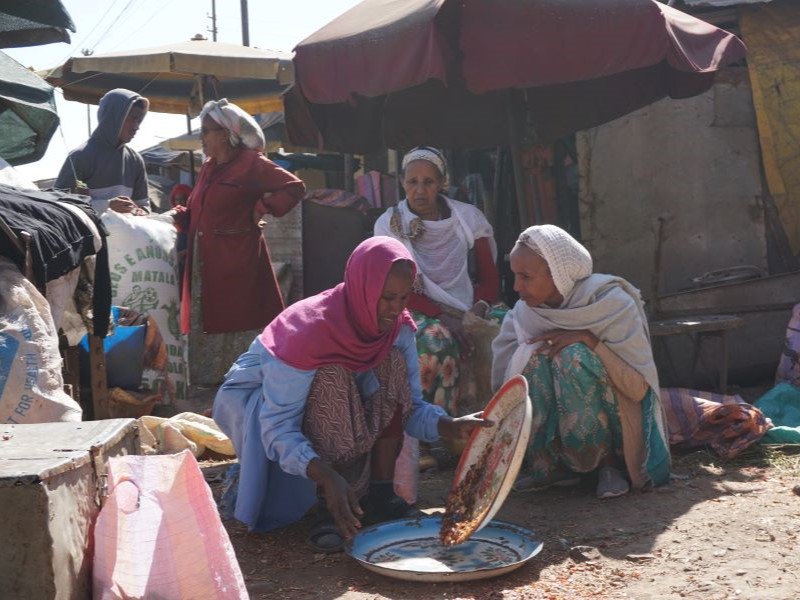
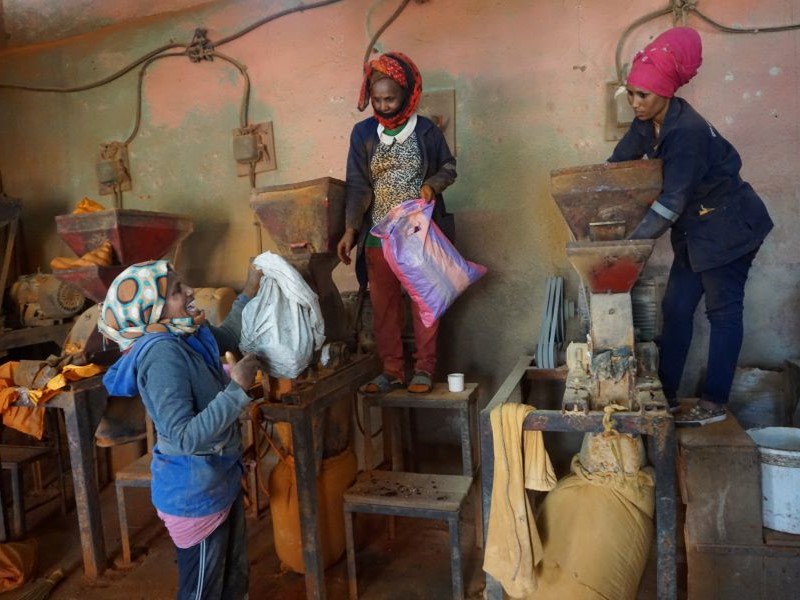
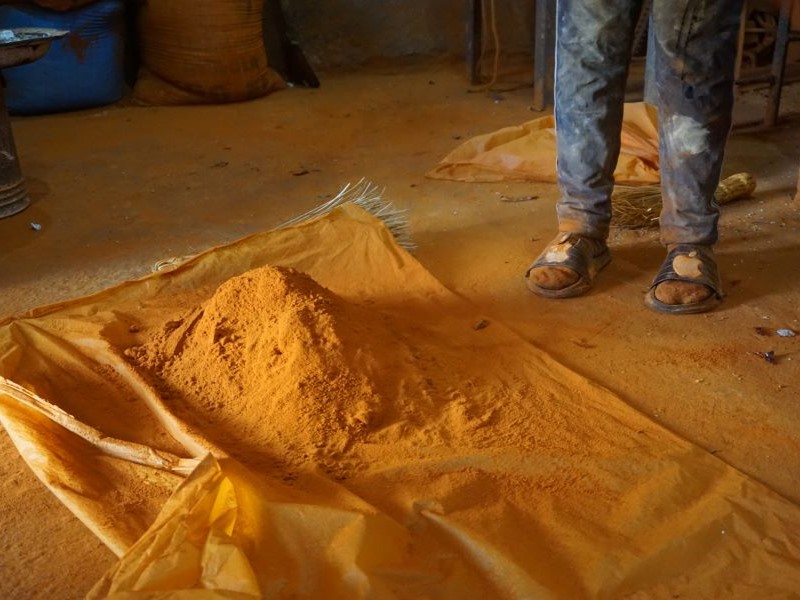
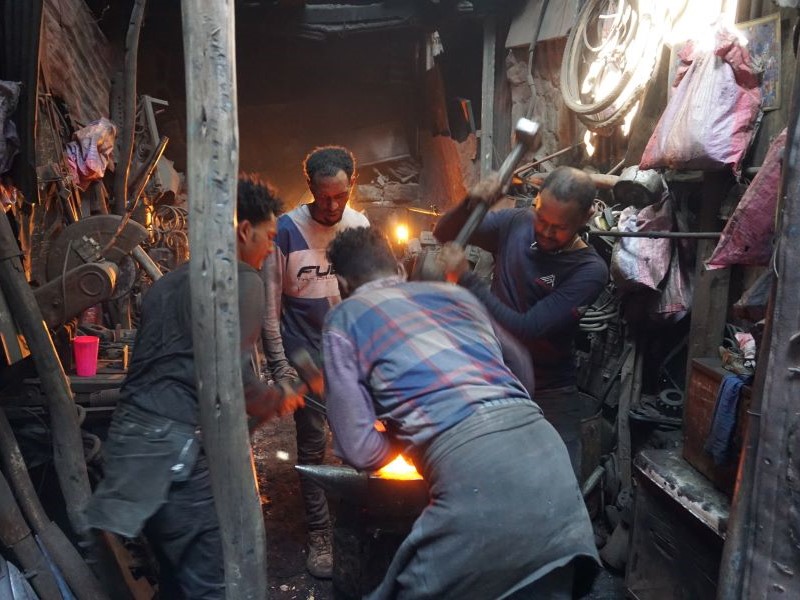
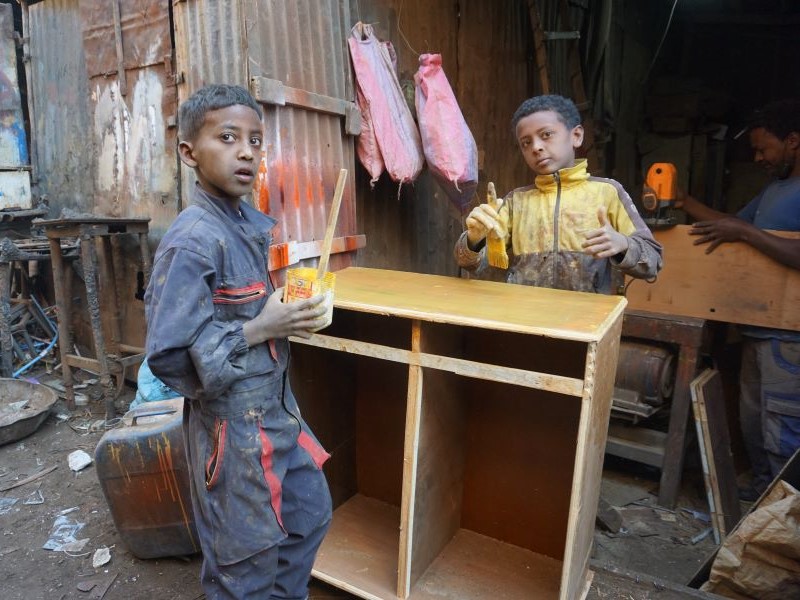
Central Market. Lively, crowded with women of different ethnic groups, dressed in colorful clothes. We even taste, in a dairy, various cheeses taught by the Italians: fontina, provolone, smoked caciotta and even mozzarella fiordilatte, without salt but not bad.
Bar Crispi. Old bar in Asmara, a bit dark but it looks like a small museum with many historical artifacts, old Asmara photos, a place to visit for a coffee.
Pasticceria Giardino. Certainly our favorite in Asmara especially for the delicious diplomats and not an easy record here in Eritrea given the great competition.
Post Office. An old Italian building that oozes history from every pore, large, majestic… Who knows how many stories it could tell.
Cathedral. Consecrated in 1923 and considered one of the most beautiful Romanesque churches outside of Italy. The interior is magnificent: the altar in Carrara marble, the baptistery in Italian walnut. The bell tower is the tallest building in the entire city: an excellent landmark.
Casa Italia. An old recreational club built in the 1930s as a meeting point for the Italian community in Asmara, today it houses a library and an archive, although visits are not permitted without authorization from the Italian Embassy.
Teatro Asmara. Lovely, small and all in wood, still used as a theatre today. Beautiful building along Harnet avenue with a bar/restaurant in the front, delicious its macchiatos
At the end of the day we go to visit an 85-year-old Italian nun who has spent the last 55 years of her life here. This nun is a marvel, a true saintly woman, one of those human beings in whose presence you feel small. She is saving dozens and dozens of children, orphans, HIV-positive people, relying only on her own strength... I was very struck by her story, I was moved by her total giving of herself to others, whether they are children, misfits, homeless women, women in prison. We spent a couple of hours with her and her 18 children, whom she is raising with the help of other nuns, and tomorrow we are invited to lunch in her small apartment where peace and serenity are strong.
We spend this night at the Embasoira Hotel, with rather bare rooms that recall an old Italian colonial splendour that is perfectly integrated into this context.
Unfortunately, to travel outside of Asmara you will need to obtain a travel permit from the Tourist Information Centre each time, a real pass but essential to be able to move around and, every now and then, it happens that you do not receive it, as happened today for Keren!
This morning we visited the tank cemetery… An endless expanse of stacked military vehicles, now very rusty (trucks, Jeeps, tanks, even planes) dating back to the war with theEthiopia when they were completely abandoned in 1991 by the fleeing/retreating Ethiopian military… The government left everything on static display as a warning to young people of the ugliness of war.
Not far away is the Italian military cemetery and that of the Italians who died here in Africa: very touching and sad.
In half an hour we reach Adi Hawesha, a small village that stands in a beautiful valley full of ancient sycamores and prickly pears.
Tonight we will sleep at the elegant “Albergo Italia”, the accommodations are classy and it feels more like the home of a wealthy relative than a hotel. Furnished with period furniture and common rooms adorned with antiques, it is said to be the oldest hotel in Asmara.
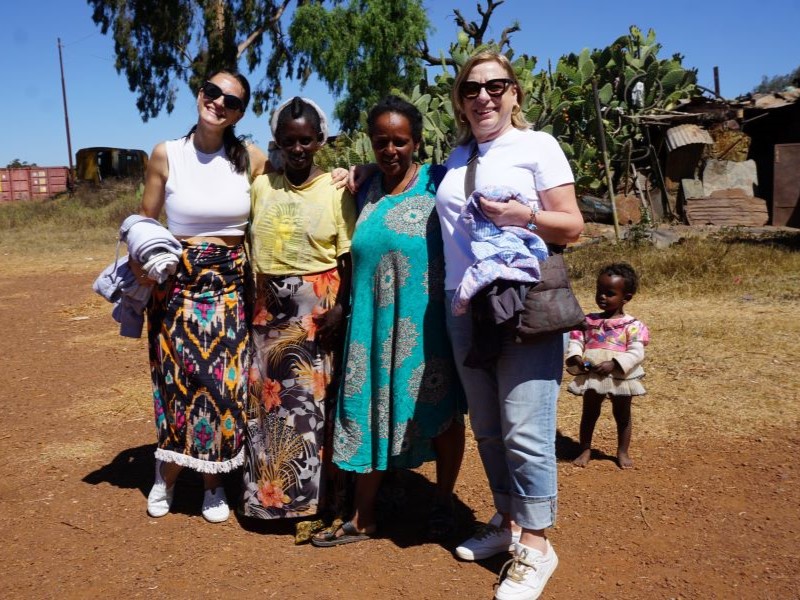
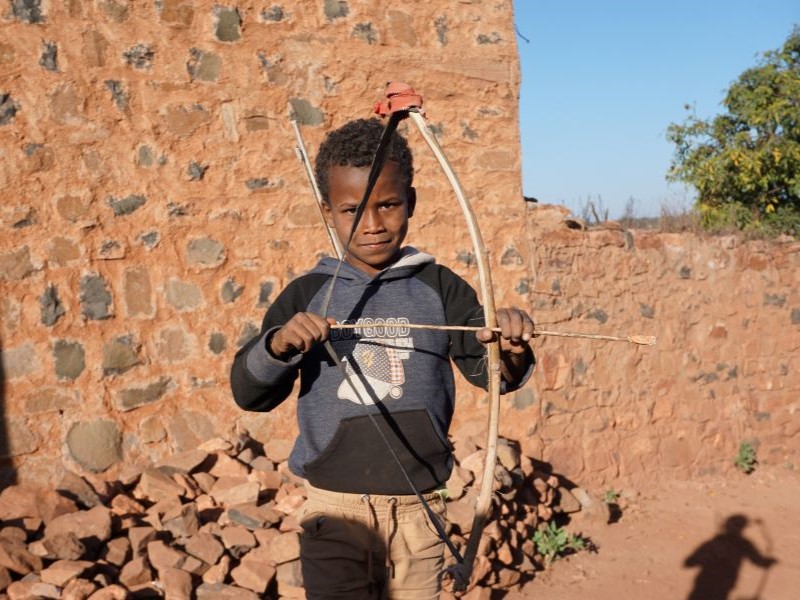
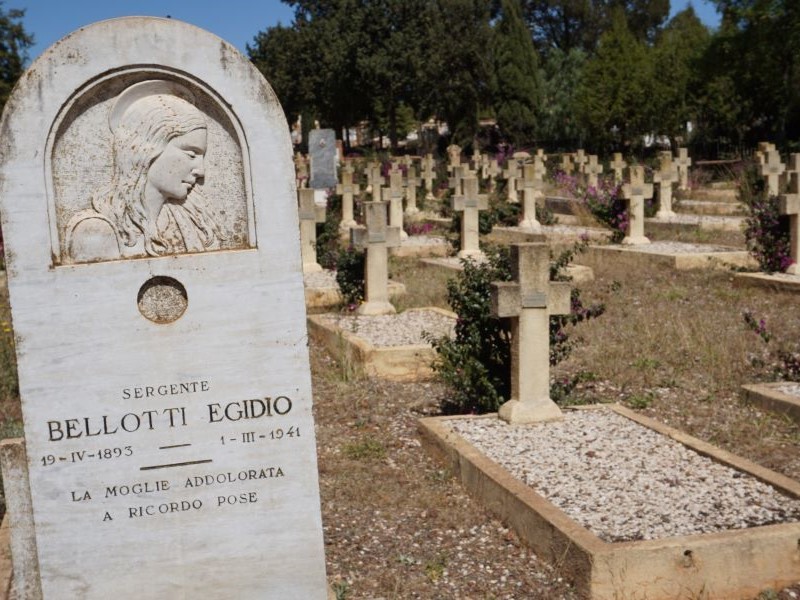
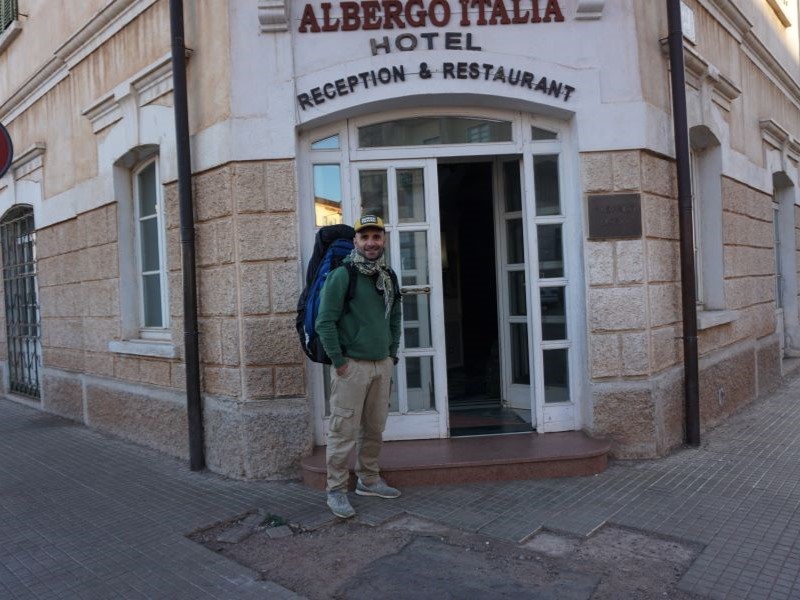
We leave early in the morning towards the southwest and towards the border with Ethiopia. The landscape changes immediately, as soon as we leave the city of Asmara, an arid, rocky background interspersed with red dirt paths takes over... despite the road not being in excellent condition many boys and girls take advantage of it to cultivate their greatest passion, even here a national sport: cycling!
Think that some Eritrean cyclists have also distinguished themselves in the Giro d’Italia and Tour de France.
It's amazing to see these guys working hard on the climbs, in groups, alone and all well equipped with excellent bikes, kits, helmets, glasses.
Well done guys! I wish you success and success in your goals!
We stop along the way for a short break in Mendefera, a cream cake and a macchiato coffee are always welcome!
Finally in the late morning we arrive at Adi Quala. We are on the border with Ethiopia even if the border is closed indefinitely.
The visit to the memorial of the battle of Adua was very touching; here in 1895 10 thousand Italian soldiers and 4000 Ascari fought against the Ethiopians for the conquest of the colony.
The battle lasted only two hours and was enough to leave around 3,400 Italians defenseless on the ground.
Not far away stands the Church of the Coptic Madonna of Zion where wonderful frescoes dating back 250 years are preserved, depicting scenes from the Bible up to some more recent ones, from the fascist period in which the infamous Battle of Adwa.
Before returning to Asmara we visit the Christian church of Santa Rita where the Italian prisoners of the English who died during their transport to Asmara are remembered. South Africa aboard the Nova Scotia.
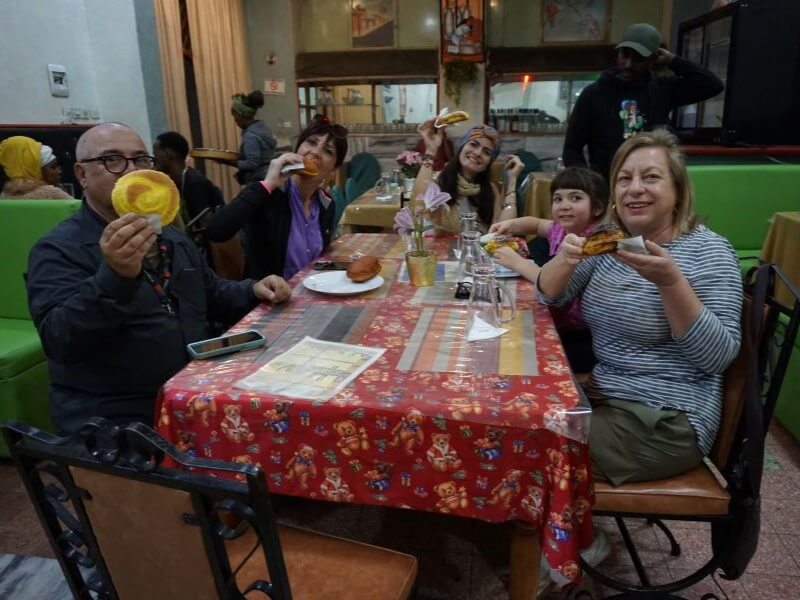
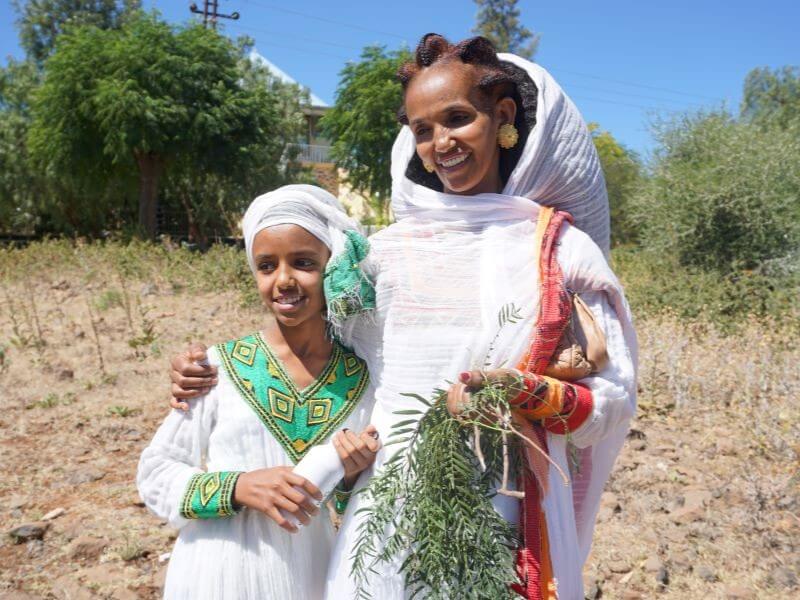
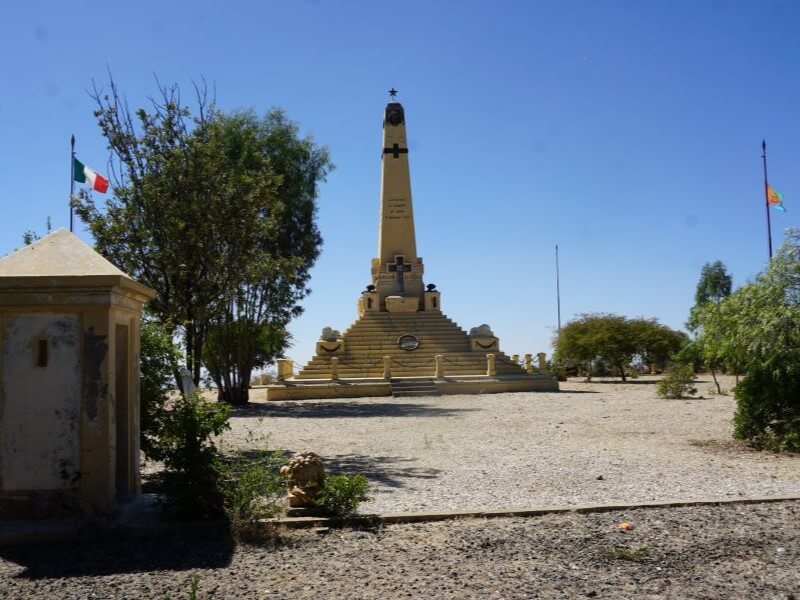
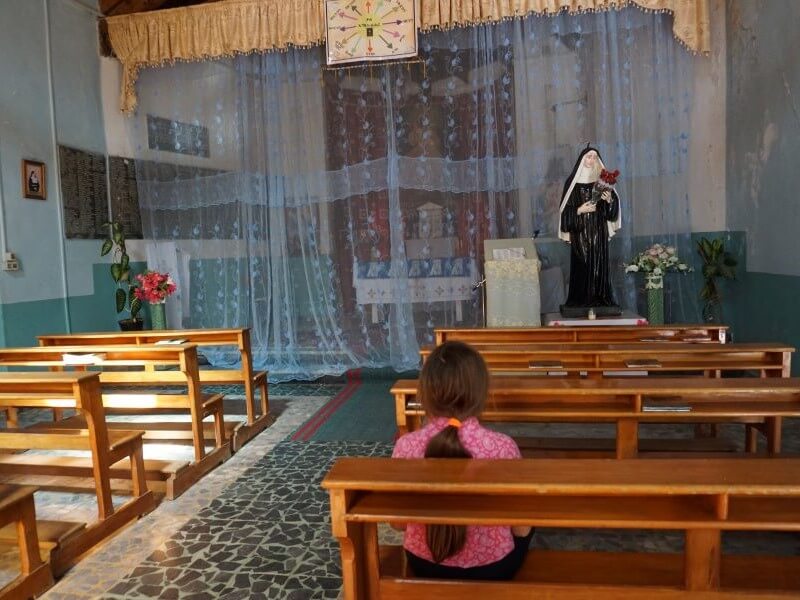
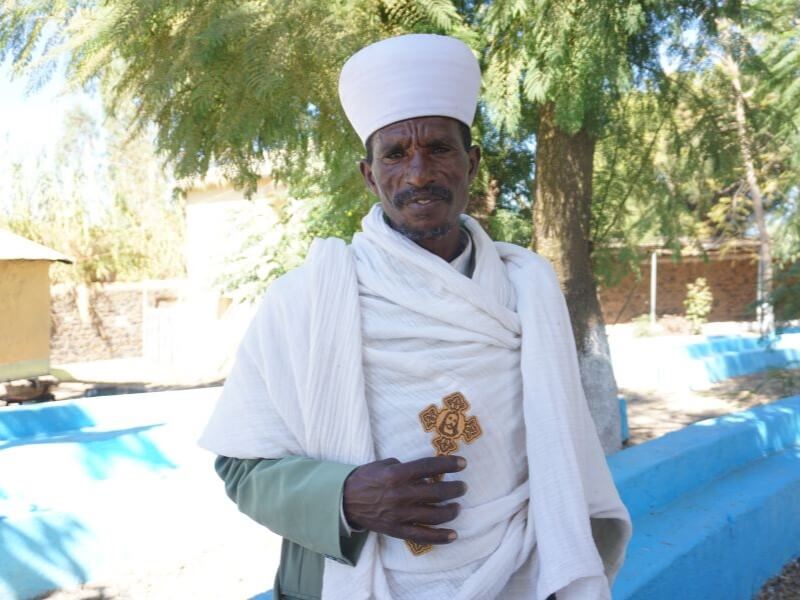
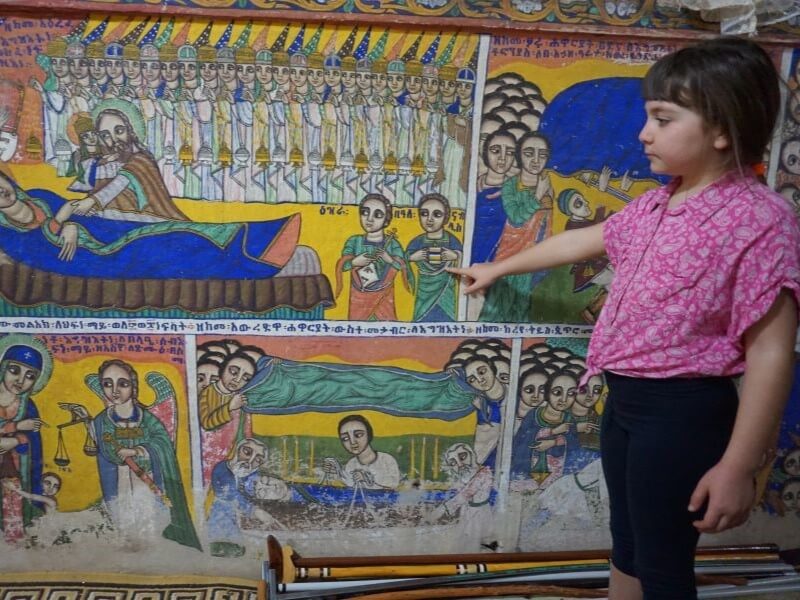
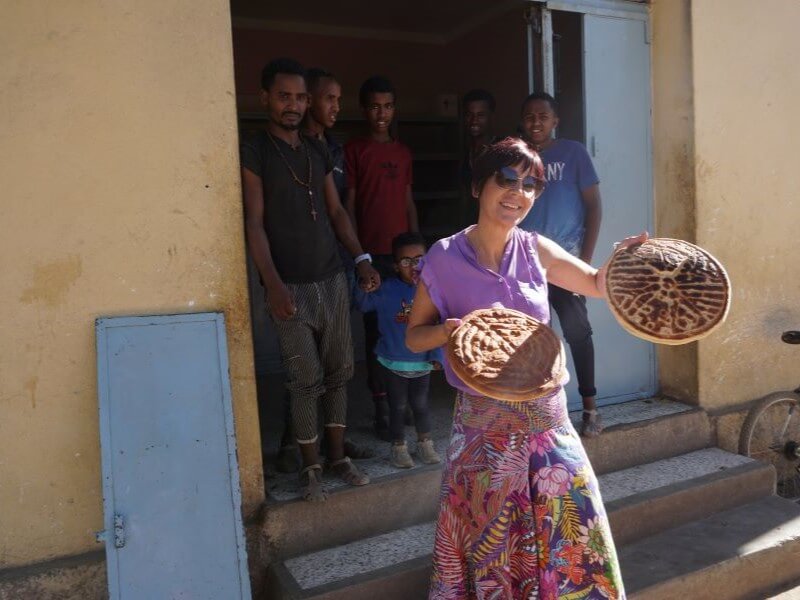
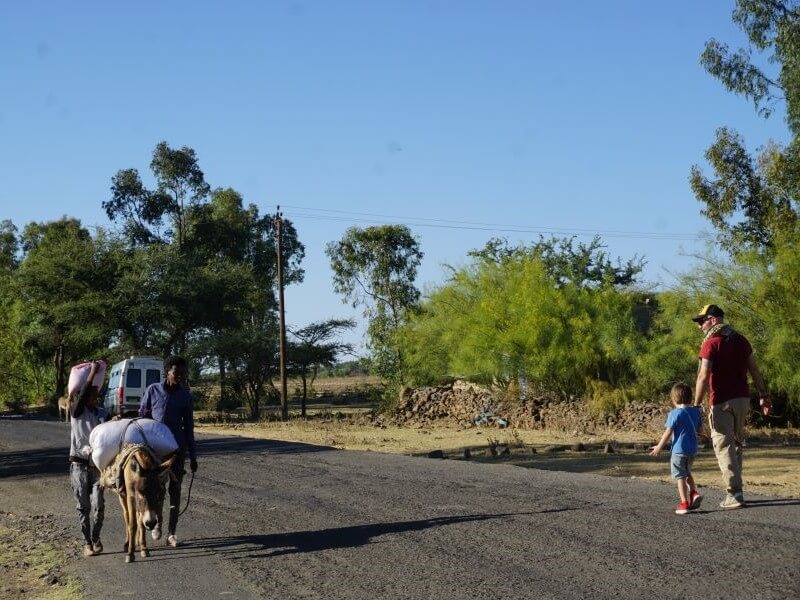
In about four hours by van from Asmara, and a difference in altitude of 2500 meters, we definitely change the background!
Dogali. Almost at the arrival in Massawa there is a three-arched bridge, built by the Italians, on which appears the inscription in Piedmontese: “Ca custa lon ca custa” (whatever the cost), and could refer to the purchase of the Bay of Assab by the Italians. A touching visit to the Dogali Memorial which commemorates the 500 Italians killed by Ethiopians also celebrated in the famous Piazza dei Cinquecento in front of Rome Termini station.
The city of Massawa, facing Yemen, is the ideal place to relax a bit.
It has an Arab imprint that reflects its ancient ties with the civilization overlooking the opposite shore of the Red Sea. It is wonderful to explore the alleys and streets lined with low whitewashed buildings, porticoes and arches that, due to lack of funds, are in a state of abandonment that has persisted for decades, since 1990 when it was bombed by the Ethiopians.
With its seductive exotic and melancholic atmosphere, Massawa will conquer you with its picturesque views, its dusty alleys where children only play with rope or old men with white turbans who, sitting in the square or outside the many bars, drink a coffee.
We are staying at the Dahlak Hotel, owned by the same owner as the Albergo Italia in Asmara, the 84-year-old Italo-Eritrean Giovanni Primo, a celebrity here and whom we have the pleasure of meeting in person and exchanging a few words about the Eritrea of his youth.
We will spend two days here enchanted by its warm atmosphere, it seems like a classic port town of the 30s mixed with a Cuba colonial.
The decadent charm can be felt even though many buildings are in very poor condition.
The Banco d’Italia, an exact reproduction of the original 1920 building, now waiting to be renovated for 35 years, is the right calling card for this town.
We visit the Shaafi and Sheik Hanafi mosques but what continues to strike us is the melancholic harmony that can be felt at every turn.
We have dinner both nights at Sallam, known as: the Danakil; a fish restaurant, not very inviting from the outside, but a real institution here.
There is no menu, just a fish and bread: both prepared Yemeni style, that is, cut in half, cooked in a tandoori oven (entirely made of clay), sprinkled with chili peppers and served with excellent chapati bread. Delicious.
We first stop at the Massawa museum where we retrace a bit of the troubled history of this town and then go to the Gurgussum beach where the celebrations for the 35th anniversary of the liberation of Massawa begin, in a few days even the arrival of the president of the republic is expected.
While some dromedaries stroll along the shoreline with their owner, a Rashaida: nomads of Arab origin, the entire population is having fun in the sea as happens all over the world!
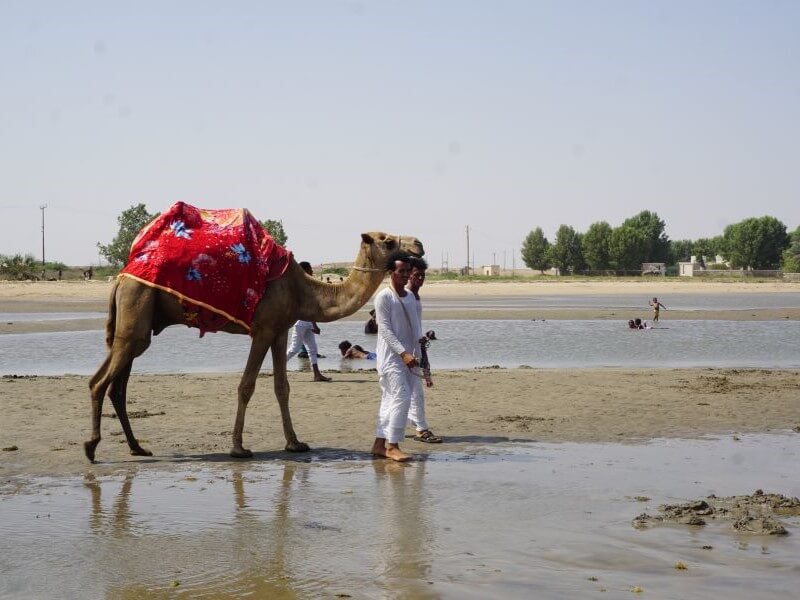
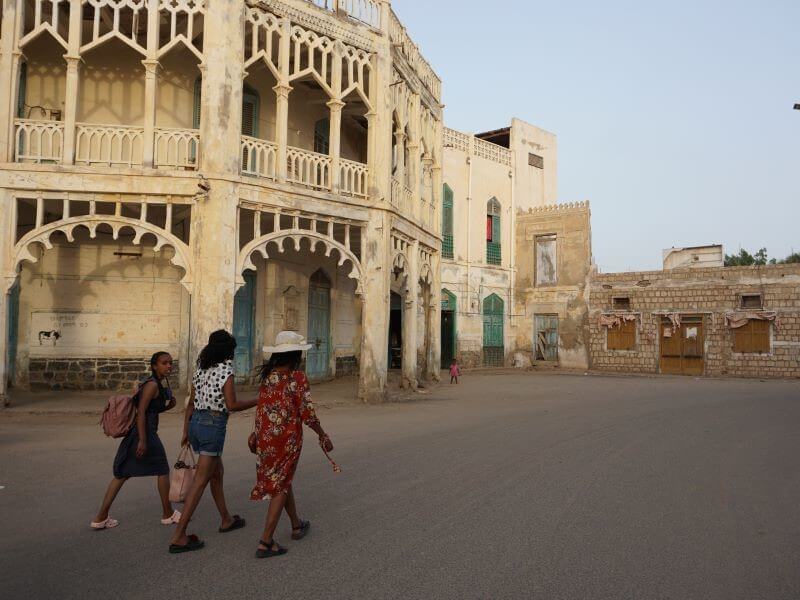
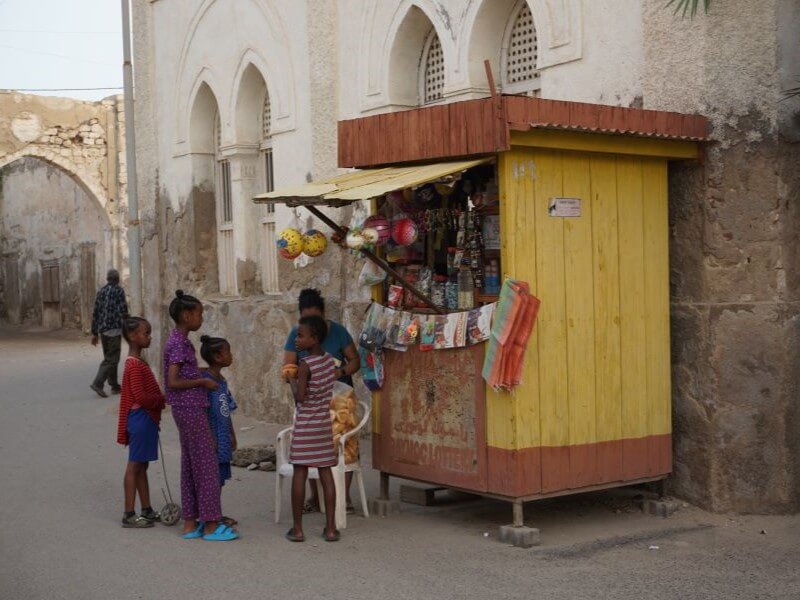
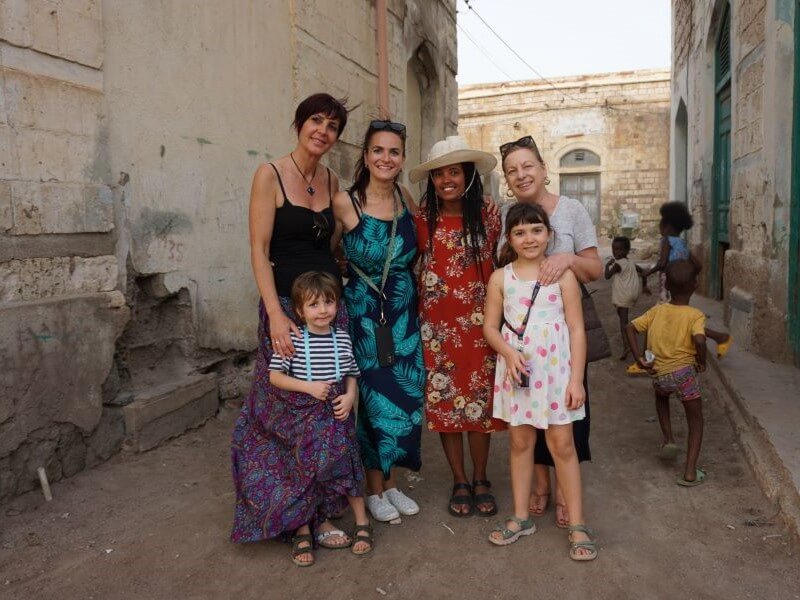
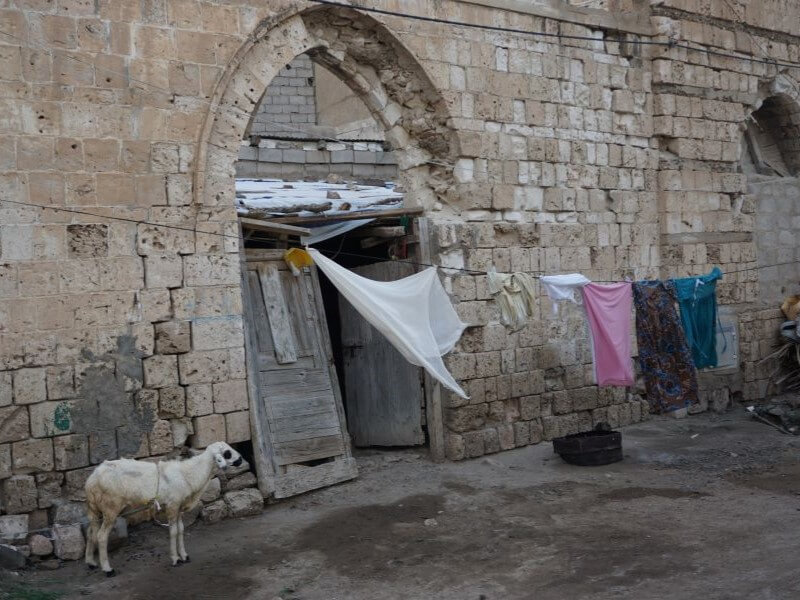
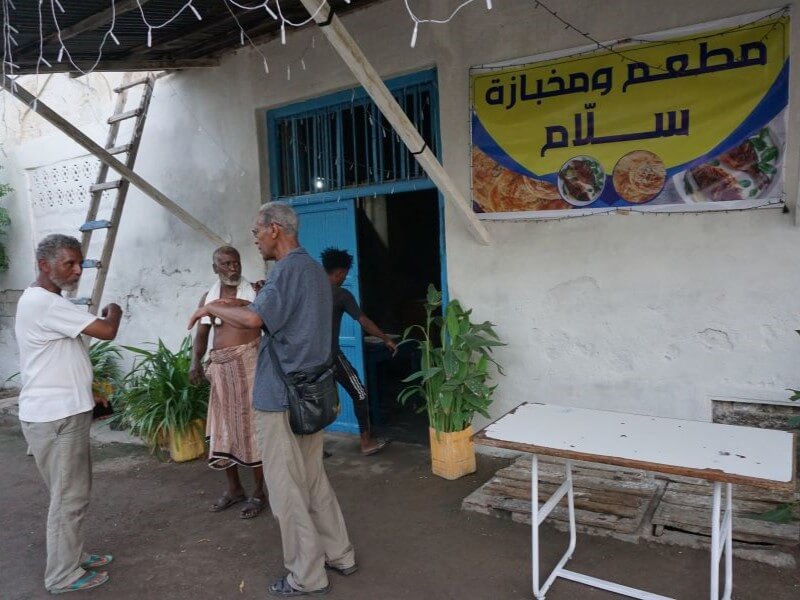
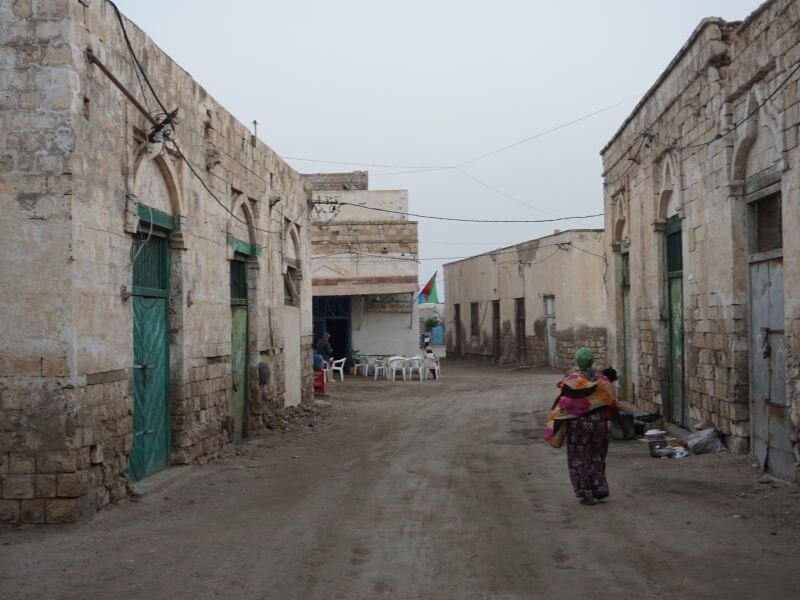
We spend part of the morning in a Rashaida nomad camp, this ethnic group represents 2% of the Eritrean population and are very different from the classic Tigrinya that we are used to seeing, they are Muslims and originally come from Saudi Arabia, they live in a remote place far from everything, they have some dromedaries, some chickens and some goats that wander around their huts made of woven copper.
They offer us a coffee following the whole preparation: from the roasting of the beans to the mere tasting and it is pleasant to enjoy the freshness of the camp while outside it is 35°c.
In the afternoon, by boat, with a 10-minute navigation, after having received the sacrosanct permission from the Ministry of Tourism, we reach Green Island.
This small island in front of Massawa, near a wreck that sank who knows when, offers stretches of sea good for snorkeling and certainly excellent for a pleasant relaxation.
One of the reasons why we are here is definitely the famous Dahlak Islands.
Around 350 islands that I would describe as austere, bare, desolate, wild and for this very reason wonderful.
They are mostly arid and barren; fresh water is scarce here, making life really hard for the four small human settlements here. There are no accommodation facilities and you sleep in your own tent directly on the beach of the island you choose.
Ideal for those seeking clear waters for snorkeling or peace and solitude away from the world.
After two hours of sailing we reach the island of Desie, we make a short visit to the small fishing village before finding the right beach for us.
We set up tents, prepare camp, relax in the pure water of the island where every now and then a small blue ray or shark pops up.
We spend a day and a half in this little tropical paradise completely disconnected from the world: without a phone, without internet, we stay chatting until late under a starry sky that seems to fall on you at every moment while small waves crash on the shore wishing you a good night.
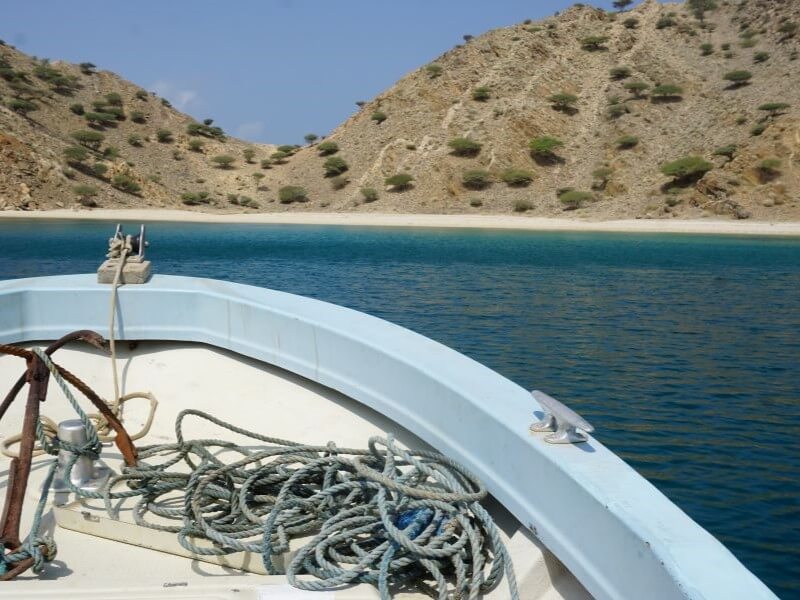
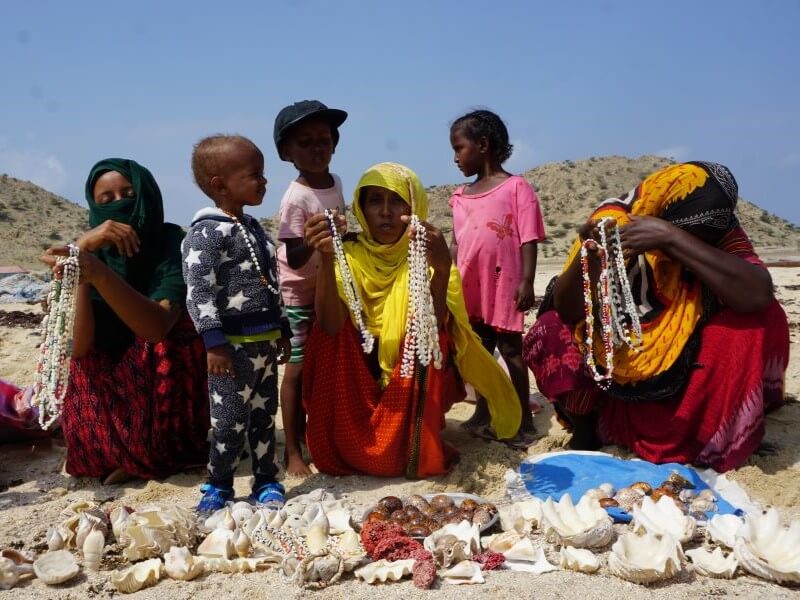
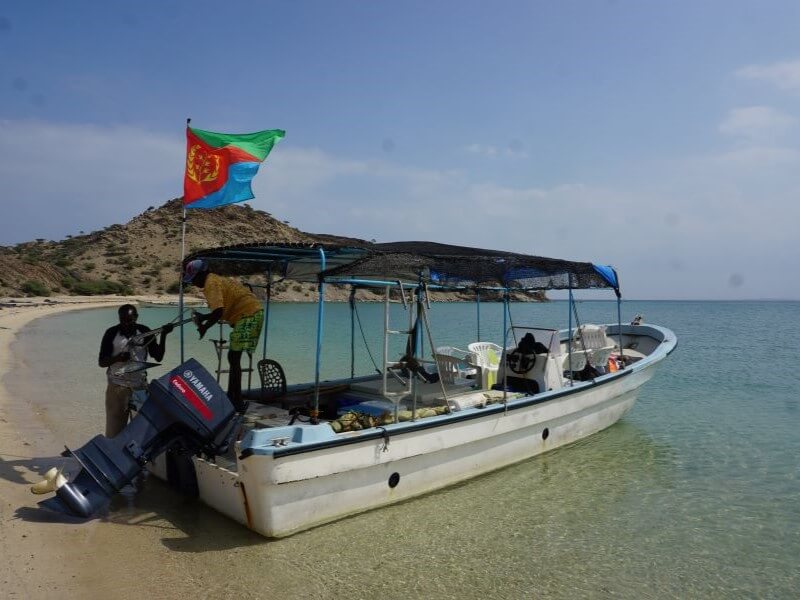
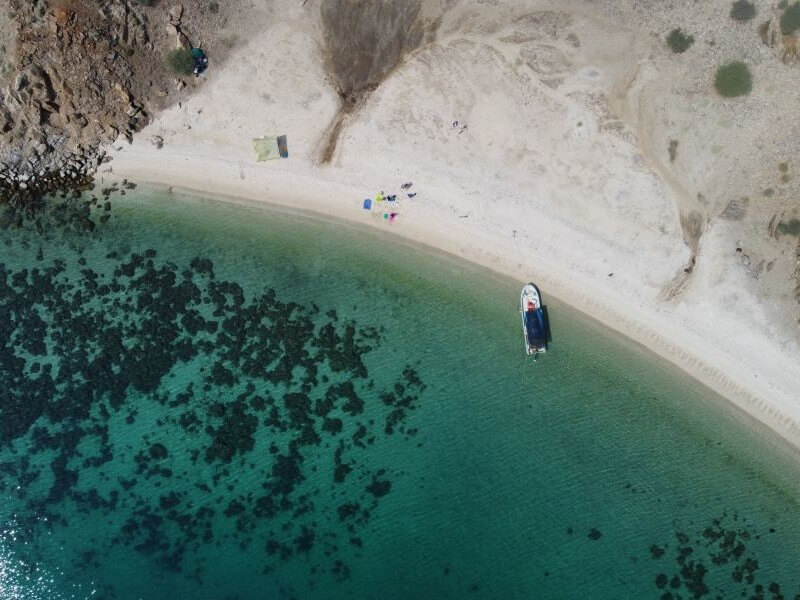
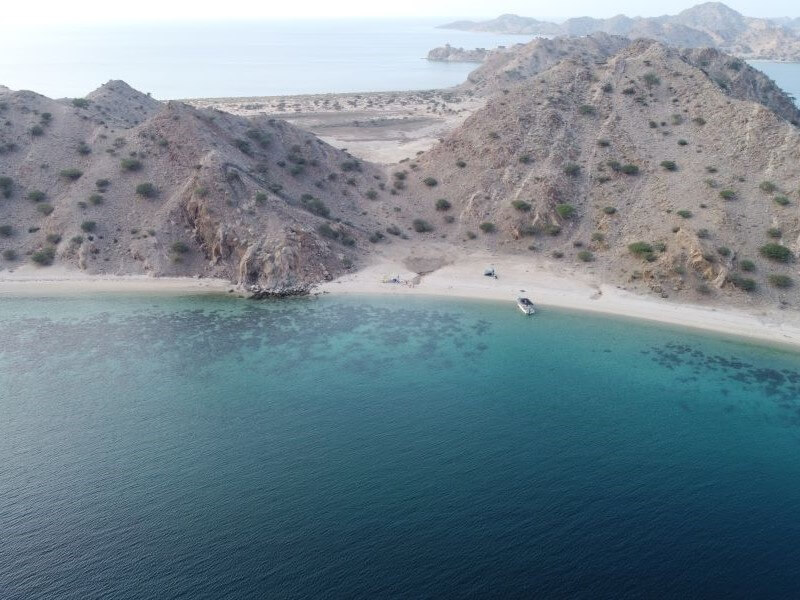
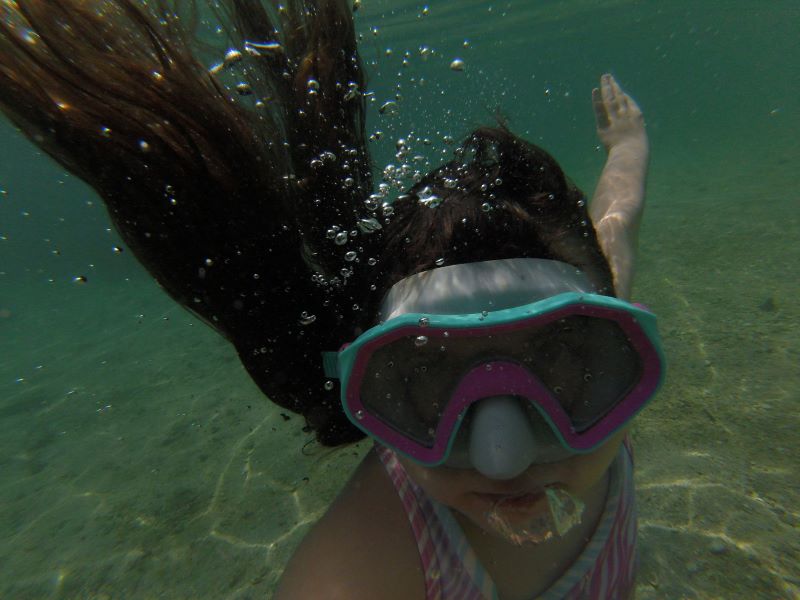
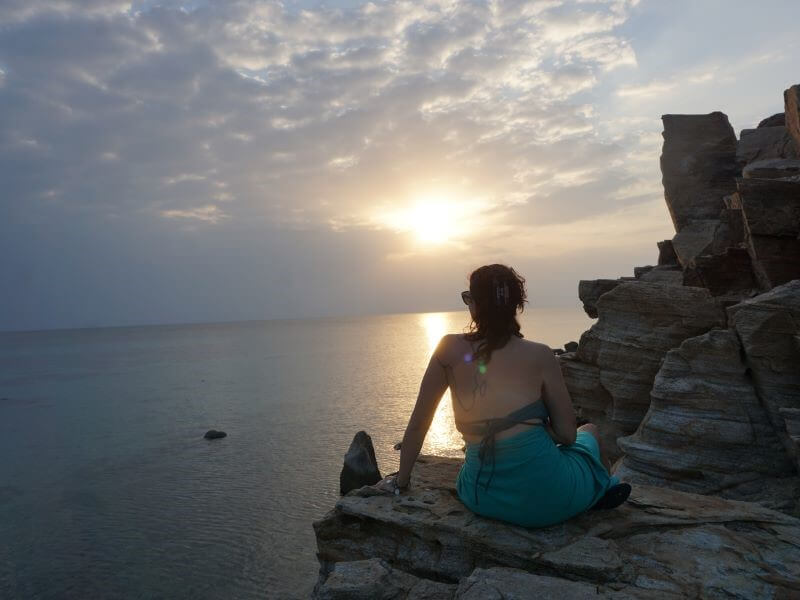
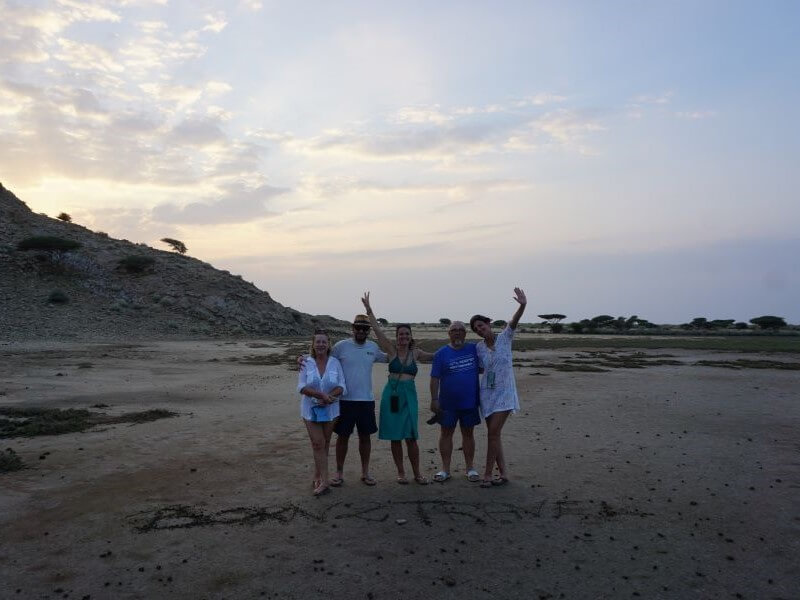
At 7:00 in the morning, as soon as we opened our eyes, we all found ourselves back in the sea immediately after leaving our tents and after a pleasant breakfast, we set off again for Massawa… Today, however, the sea was a little rougher and it took us almost three hours to reach the old port.
Today is a long day of transfer to the capital Asmara!
We leave very early this morning heading south: Adi Qohaito.
This region is certainly the most scenic in the country, thanks to its spectacular landscapes, characterized by jagged ridges, low plateaus and vertiginous cliffs.
In this majestic scenery there are charming towns and villages: we are in the legendary Abyssinia. After four long hours of van along steep paths, in a thousand curves we reach Ad Qohaito.
Every now and then we stop in some barren village with houses made of stone blocks and every time, in a few seconds, we are surrounded by hordes of happy children, we take advantage of the opportunity to give them some of the things we brought from Italy.
Adi Qohaito is located on a vast and barren plateau populated by many dromedaries and goats, in a very isolated position, the place is witness to an era in which the country was home to a rich and flourishing civilization even if few remains remain now.
The view from the so-called Grand Canyon is wonderful, with its very steep walls offering a breathtaking view of the entire valley.
We stop to admire the Saphira dam, which for about 1000 years was the main source of water supply for the Saho, the local ethnic group.
Not far away is a beautiful Egyptian tomb, built with large stone blocks, featuring two cloverleaf crosses carved on the internal walls.
We conclude the morning with a beautiful trek, perhaps a little dangerous because it is on the edge of the precipice, up to the Adi Alauti cave.
The cave depicts various animals, including camels, giraffes, hyenas, gazelles in shades of ochre and white.
As our journey through Eritrea draws to a close, I can’t help but reflect on how much this country has impacted me. Every stop, from Asmara to Massawa, from Adi Qohaito to the Dahlak Islands, has revealed a mosaic of cultures, traditions and landscapes that tell stories of resilience and beauty. I have met warm and welcoming people who have made me feel part of their community, and I have tasted delicious dishes that speak of a rich and varied cuisine.
Eritrea is a place that invites discovery, where every corner hides a secret to be revealed. The ancient ruins of Qohaito and the serenity of Adi Quala remind us of the depth of history that permeates this territory. But it was above all nature, with its breathtaking views and the turquoise waters of the islands, that left me speechless.
Returning home, I take with me not only indelible memories, but also a new perspective on a decidedly overlooked country. Eritrea is a treasure waiting to be discovered, a journey that enriches the soul and opens the heart. I hope my words can inspire others to embark on this adventure and discover the magic of a place that deserves to be known.
Until the next adventure!
Error: No feed found.
Please go to the Instagram Feed settings page to create a feed.
4 Responses
Sogno da tempo di visitare l’Eritrea. Spero di riuscire quest’anno!
Bel viaggio.
Bravi!!
E’ un Paese unico nel suo genere, te lo auguro… se hai bisogno di info scrivici pure
Ciao ragazzi, complimenti per il vostro blog, vorrei chiedervi alcune informazioni su come fare il visto ? In areoporto lo fanno senza problemi? Grazie mille!
Ciao Jacopo, grazie mille. Il visto per l’Eritrea è abbastanza complicato anche se ultimamente la procedura si è nettamente semplificata grazie alla LOI che puoi ricevere affidandoti ad un tour operator locale e la possibilità di ottenere il visto all’arrivo. Se hai bisogno ti inoltro il contatto del tour operator locale che ci ha aiutati per l’ottenimento del visto.